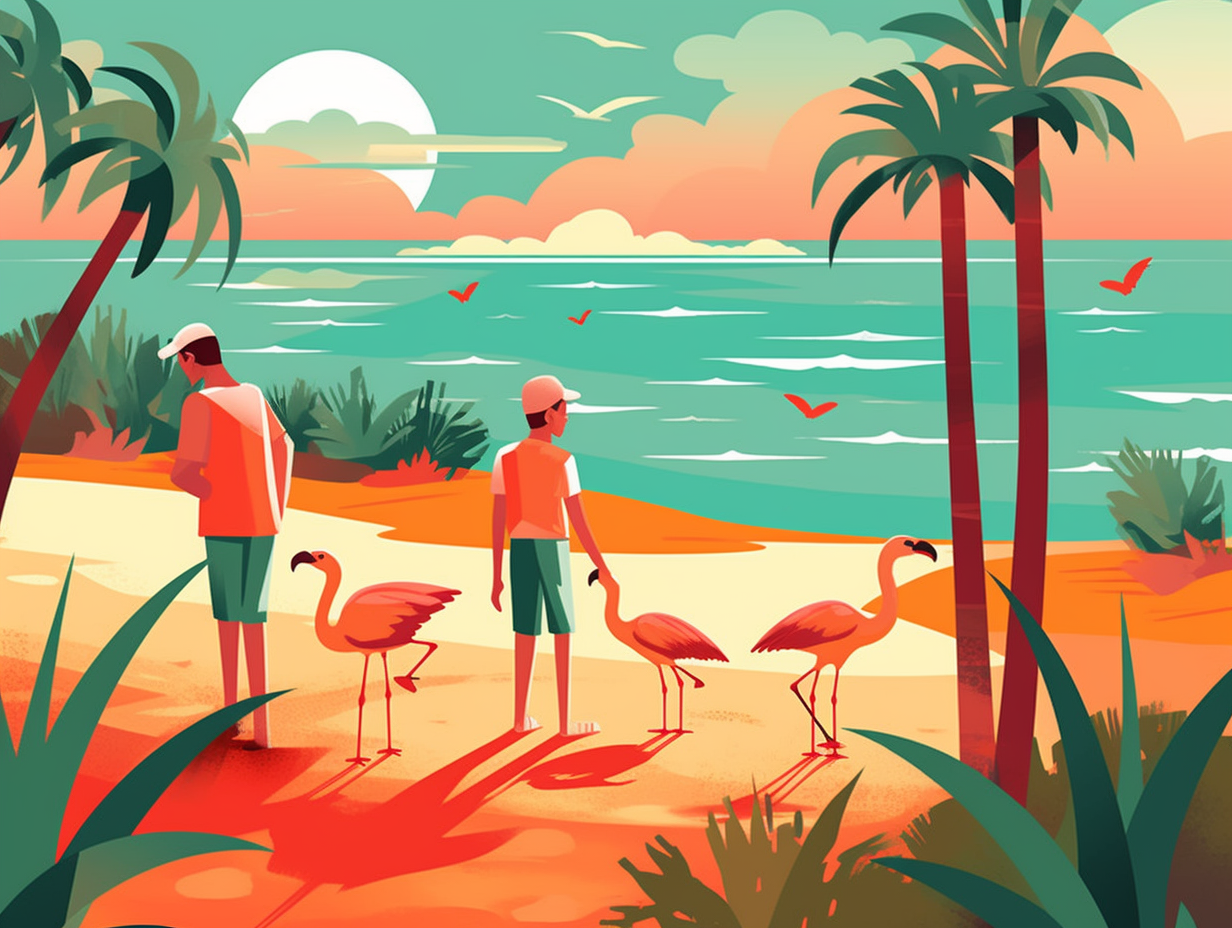Discover the World: Top 7 Fascinating Fun Facts About Latitude You Never Knew!

1. Earth's Love Handles
Did you hear about Earth's love handles? Mother Nature seems to have bestowed our planet with a little extra junk in the equatorial trunk: Due to Earth's rotation, it sports an equatorial bulge, making the equatorial diameter around 43 km (27 mi) bigger than the polar diameter, which is still more than twice the largest deviations from the ideal oblate ellipsoid shape used for cartography and defining latitude and longitude.
Source => en.wikipedia.org
2. Santa's Chilling Situation
You might call it a bipolar situation up there at the North Pole: while summertime temperatures can actually thaw Santa's ice-cube paradise up to a toasty 32 degrees Fahrenheit (0 degrees Celsius), the big guy has to chill in total darkness for six months waiting for his yearly sunrise. This fascinating phenomenon is due to the pole's frigid 90 degrees north latitude and its perfect home in the Arctic Ocean's central core.
Source => nationalgeographic.org

Discover the VIP lounge of the avian world in Colombia's Sierra Nevada de Santa Marta, where 20 unique endemic bird species call home! 🐦🏔️
=> Fun Facts about South-America
3. Navigation: Pre-GPS Problems
Who knew that early sailors were as lost as teenagers without GPS? Their struggles with longitude gave them a serious case of the ocean blues: It wasn't until John Harrison invented the chronometer in 1759 that navigators could accurately find their way at sea, revolutionizing oceanic exploration – Captain Cook even used it on his voyages after 1772.
Source => astronavigationdemystified.com
4. Decoding Degrees: Latitudinal Breakdown
If you're curious about latitudinal escapades or just really bad at telling people where you are, buckle up: Each degree of latitude is actually about 111 kilometers long, and can be further divided into 60 minutes, and each minute into 60 seconds, with one second of latitude covering just 30.7 meters - perfect for people looking to distance themselves from bad jokes!
Source => oceanservice.noaa.gov

5. Astronomer's Paradise: Horse Latitudes
Hold your horses, stargazers: The horse latitudes, found around 30 degrees north and south of the equator, boast calm winds and little precipitation, offering pristine conditions for astronomical observation. These regions are prime locations for observatories, making the horse latitudes the celestial enthusiasts' paradise and a moonlit muse for constellations.
Source => oceanservice.noaa.gov
6. Shipshape: Spherical Earth Clues
Ahoy, sailors of ancient Greece, grab your togas and your telescopes! For those who thought a globetrotting adventure meant stepping off the edge of a disk, a little maritime observation might make you sea-sick with realization: When a ship appears on the horizon, its top becomes visible first, showcasing the Earth's roundness, and providing our seafaring ancestors with a clues about our planet's spherical shape.
Source => loc.gov
7. 18th-century Maritime Grocery List
When the 18th-century sailors were preparing for a long journey, they checked it like an elaborate grocery list: wind? Check. Pressure? Check. Fog and sea surface temperature? Double check. Ship size, hull shape, and cargo weight? Triple check. Better than your average weekend road trip planner, these sea-bound travelers knew what's at stake: The journey between the English Channel and the coast of America measured a whopping 3000 nautical miles and took a well-found sailing vessel approximately 25 to 30 days, averaging speeds of 4 to 6 knots for North Atlantic sailing packets from 1818-1832.
Source => rmg.co.uk
Related Fun Facts




















